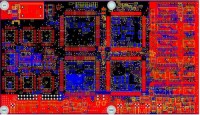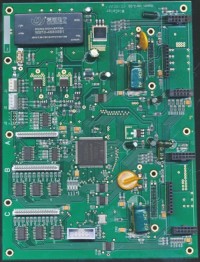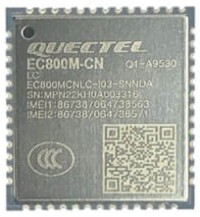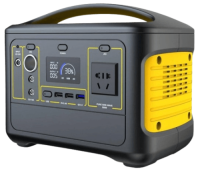Blogs
Integrating advanced technologies is essential for maintaining competitiveness and efficiency in the modern industrial automation landscape. Communication modules are at the forefront of this technological revolution, providing critical solutions that connect, control, and optimize industrial processes. This article explores the top five ways communication modules enhance industrial automation, offering insights into their functionality, benefits, and future potential. 1. Streamlining Data Transmission One of the primary benefits of communication modules in industrial automation is the streamlined data transmission they offer. These modules enable real-time communication between various components of an automation system, ensuring that data flows seamlessly across different parts of the production line. Efficient Data Handling Communication modules can handle large volumes of data quickly and efficiently, facilitating immediate decision-making and process adjustments. This is crucial for maintaining high levels of productivity and minimizing downtime. Efficient data handling also allows for better tracking and management of resources, leading to optimized operational workflows. Reduction in Latency By reducing data transmission latency, communication modules help prevent delays that can impact the overall efficiency of industrial operations. This real-time data exchange ensures that systems can respond promptly to any changes or anomalies in the production process. Reduced latency is particularly important in environments where precision and timing are critical, such as high-speed manufacturing or automated quality control. 2. Enhancing System Integration Another significant advantage of communication m odules is their role in enhancing system integration. In an industrial environment, various systems and machines must work harmoniously. Communication modules are the glue that holds these disparate systems together, ensuring seamless interoperability. Interoperability Across Platforms Communication modules support a wide range of communication protocols, making it possible to integrate different systems regardless of their manufacturers. This interoperability is vital for creating a cohesive automation environment where all components can interact seamlessly. It also simplifies upgrading or expanding existing systems, as new components can be easily integrated without compatibility issues. Simplified Network Management These modules simplify the management of complex industrial networks by providing a unified platform for communication. This reduces the complexity involved in network configuration and maintenance, allowing for easier scalability and adaptability. Simplified network management also means that less specialized knowledge is required to operate and maintain the system, reducing training costs and enhancing operational flexibility. 3. Improving Remote Monitoring and Control Monitoring and controlling industrial processes remotely is a game-changer for industrial automation. Communication modules enable this functionality, providing operators real-time access to system data worldwide. Enhanced Visibility With communication modules, operators can gain enhanced visibility into the status and performance of industrial systems. This allows for proactive maintenance and swift resolution of any issues. Enhanced visibility also improves overall system reliability and helps identify areas for process improvement. Remote Troubleshooting Communication modules facilitate remote troubleshooting in the event of a problem. This means that technicians can diagnose and address issues without needing to be physically present, reducing downtime and improving overall efficiency. Remote troubleshooting capabilities also enable faster response times and minimize the impact of technical issues on production schedules. 4. Boosting Operational Efficiency Operational efficiency is a key goal in any industrial setting, and communication modules are crucial in achieving this. These modules help optimize various aspects of industrial operations by providing real-time data and enhanced control capabilities. Process Optimization Communication modules enable continuous monitoring and adjustment of industrial processes. This dynamic optimization improves productivity, reduces waste, and lowers operational costs. Process optimization also enhances product quality and consistency, which is essential for maintaining customer satisfaction and market competitiveness. Energy Management Effective energy management is another area where communication modules excel. By monitoring energy consumption and providing actionable insights, these modules help industries reduce their energy footprint and enhance sustainability. Improved energy management lowers operational costs and supports environmental initiatives and compliance with regulatory standards. 5. Enhancing Safety and Security Safety and security are paramount in industrial environments. Communication modules contribute significantly to both by providing robust mechanisms for monitoring and controlling access to critical systems. Real-time Safety Monitoring Communication modules enable real-time monitoring of safety-critical parameters, ensuring potential hazards are detected and addressed promptly. This proactive approach enhances workplace safety and prevents accidents. Real-time safety monitoring also helps comply with industry safety standards and regulations. Data Security In an age of growing cyber threats, communication modules provide advanced security features to protect industrial systems from unauthorized access and data breaches. These features include encryption, authentication, and secure communication protocols. Enhanced data security ensures the integrity and confidentiality of sensitive information, protecting operational data and intellectual property. Conclusion Integrating communication modules into industrial automation systems is transforming how industries operate. By streamlining data transmission, enhancing system integration, improving remote monitoring and control, boosting operational efficiency, and enhancing safety and security, these modules are driving significant advancements in industrial automation. As technology continues to evolve, we can expect communication modules to play an even more critical role in shaping the future of industrial processes, making them smarter, more efficient, and more reliable.













